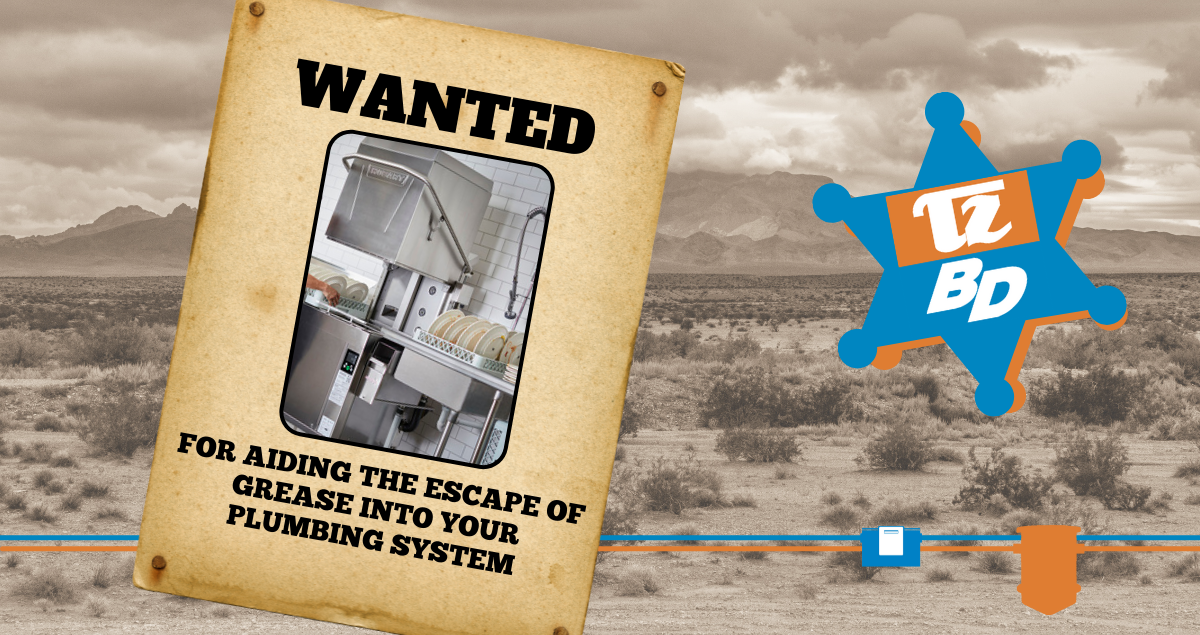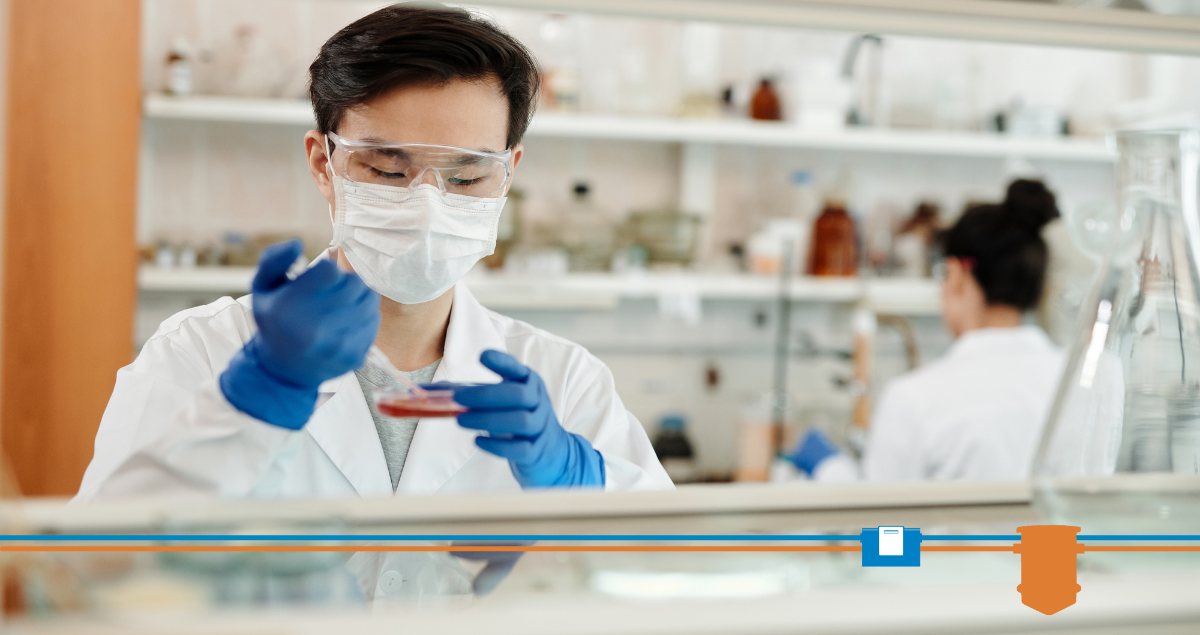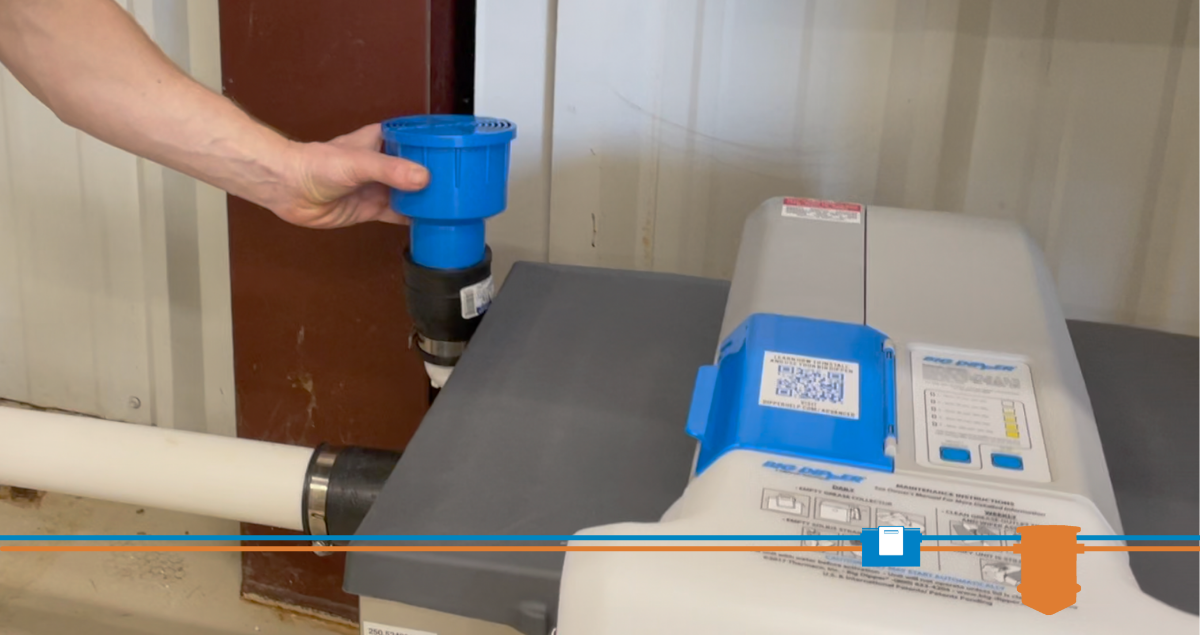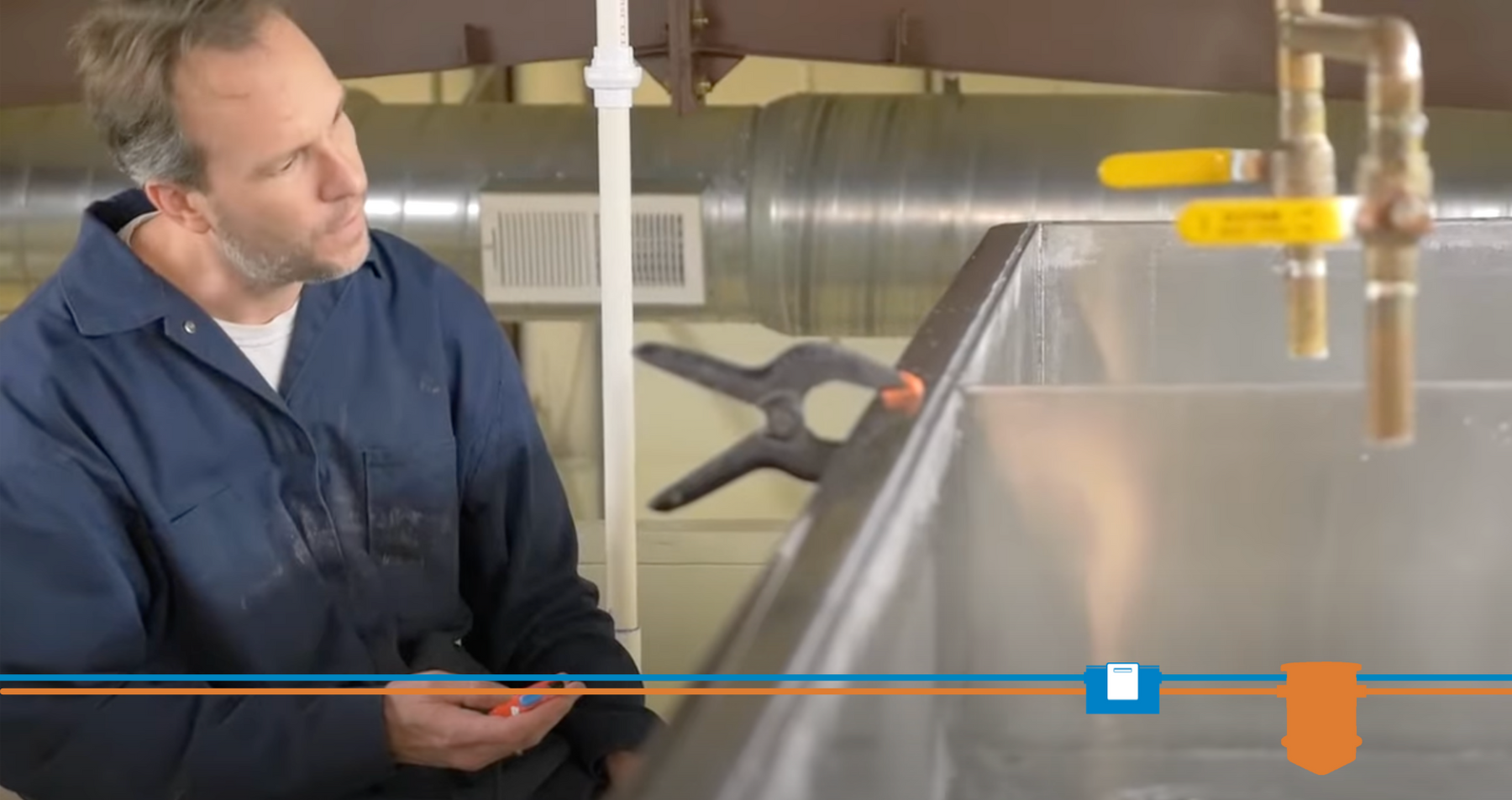Expert viewpoint: From treating waste to harnessing resources
- May 26, 2015
- 0 Comments
Dr. A. Robert “Bob" Rubin is an emeritus professor and former extension specialist in the Department of Biological and Agricultural Engineering at North Carolina State University. He spent more than a quarter century there doing research, teaching and public service. He’s testified before Congress, spoken to international meetings of researchers and policy experts and been honored by the U.S. Environmental Protection Agency for his service. He was kind enough to talk to us about the changes he’s seen in the last 30-plus years in wastewater treatment and what he expects in the coming years.

Thermaco: How did you get interested in wastewater treatment?
Rubin: I had a science project my junior year in high school, and I was interested in chemistry, environmental science and agriculture. We lived out near the wastewater treatment plant in the town in which I was raised. I’d see all this stuff that they would pile up and dry and say ‘Gee, that must contain something of value. It came from us.' I had done a nutrient analysis of dried sludge and had used the sludge on some little test plots. I reported that as my high school science project. The following year, I did a similar thing, except I used wastewater, not the sludge, and that was sort of a follow-on project.
You have been in the field a long time, what are some of the biggest changes you've seen in wastewater treatment, pretreatment and regulation?
A huge shift from pollution control to resource recovery. When we started this, the [Environmental Protection Agency] had just been formed. In 1972, Congress passed the Clean Water Act amendments and that provided funding for wastewater systems. The intent was to remove pollutants and achieve secondary treatment in wastewater treatment plants. It was a pollution-control strategy. Today I look at wastewater plants and people in the industry look at wastewater as resource recovery. There are nutrients, and there’s water there. Our intent now is let’s clean that water up so we can re-use those nutrients and rely less on mined or manufactured sources of nutrients. The city of the future will do just that. It will look at waste as an anthropogenic [human-produced] resource. A smart city will re-use those resources in the city limits. A not-so-smart city will export them.
Some people are concerned about pollutants in waste products ...
They’re not waste products; they’re resources. Biosolids and wastewater do contain regulated metals. However, the concentrations in the resources that we recover are below levels that EPA says are toxic. You can argue all you want with the EPA and how they establish their levels of toxicity. All I know is they comply with the regulation. If you’re really concerned about regulated metals stop eating rice, stop drinking apple juice, stop eating spinach. I can find regulated metals in everything — I can find regulated metals in the air you breathe in and out. There are anti-people that are opposed to everything, including resource recovery.
What do you foresee in the next few years as clean water becomes a more precious resource, and our understanding of the impact of pollutants continues to grow?
The good news for [Thermaco] is that the closer we can get the separation, the source separation — the grease trap and the wastewater — the closer we can make that to the source, the cleaner that material, the easier it becomes to recover the resources.
North Carolina has a very aggressive water re-use rules. The Legislature in the last session passed a bill that says under some circumstances municipalities can put 20 percent of reclaimed water back into a potable water supply, run that water through the treatment process and use that reclaimed water as potable water.
Anything in particular that you are most proud of in terms of the work you’ve done or impact you’ve had in your career?
In addition to my family and kids … I provided testimony to Congress on the value of distributed and decentralized systems. I have helped write guidelines for water reuse both nationally and in the state of North Carolina. I’ve provided guidelines for both biosolids and solid waste facilities — beneficial use is the operative term. These are facilities that are designed to produce nutrients or a liming material or whatever in a beneficial manner from those anthropogenic resources. I believe that over our lifetime we can reduce our carbon footprints by the re-use of the resources.
We’ve gotten so far removed from what we truly need; we’re satisfying wants not needs. I really hope that people begin to re-assess what they need and make their needs more in line with lifestyle choices. Sustainability — that is the real challenge. How do we sustain this really basic infrastructure that we all need, as opposed to how do we continue to support this kind of artificial entertainment? How do you really assure that communities are sustainable? That is the challenge.
What Thermaco does helps us achieve those sustainability goals that I’ve talked about. [Grease interceptors] allow us to remove those energy sources close to the source, and remove those nutrient sources close to the source. It allows us to operate our collection systems more effectively and efficiently, so we don’t have sewer overflows. [Thermaco] provides a device that allows us to improve our infrastructure. It also creates jobs — somebody’s got to service those things. We have people that are serving those facilities, and they are recovering that grease and they are making compost and other beneficial products out of the grease that is trapped in those grease traps. We are really closing that cycle.






